-
 © Bonhams
© Bonhams -
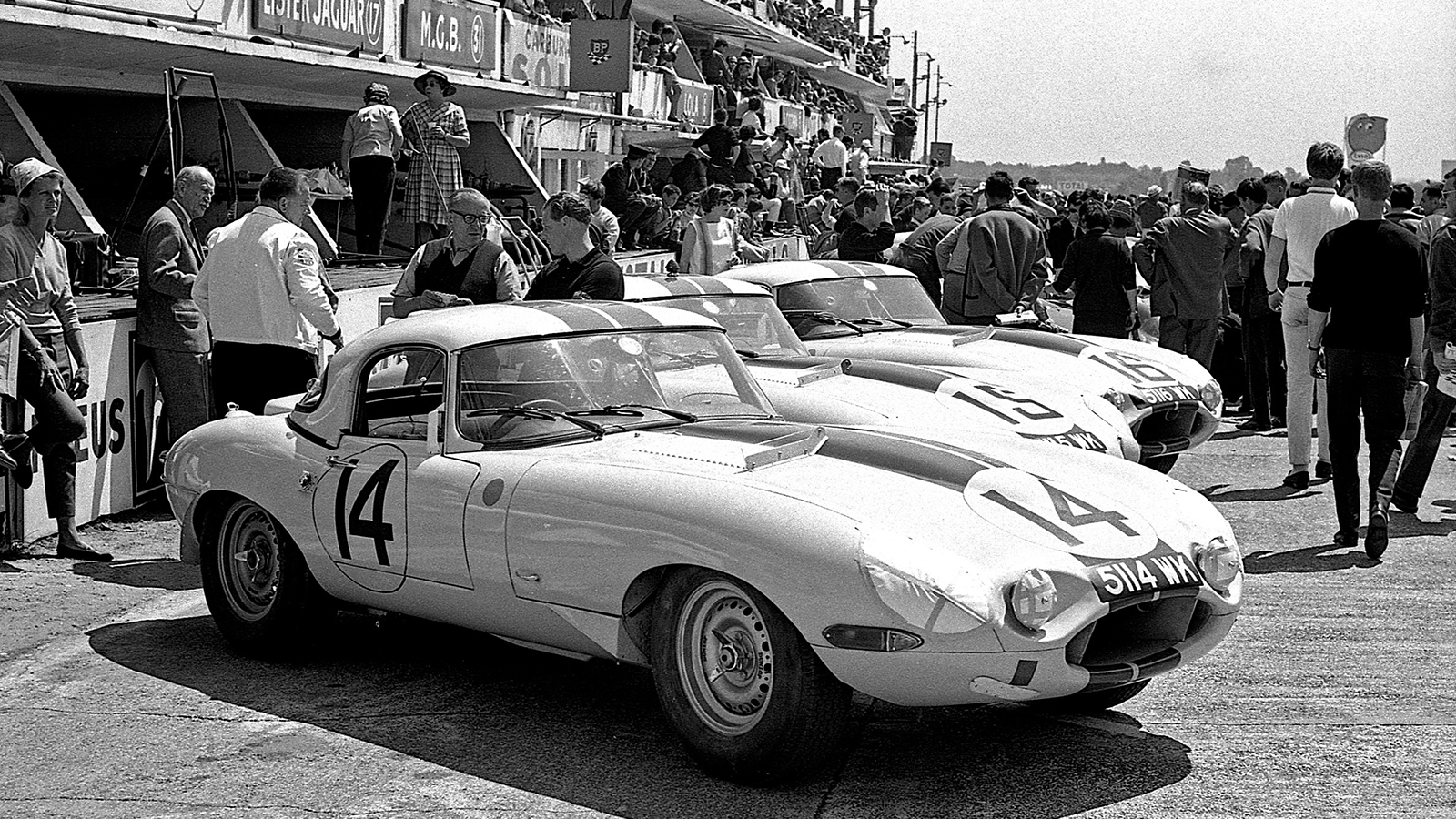 © Bonhams
© Bonhams -
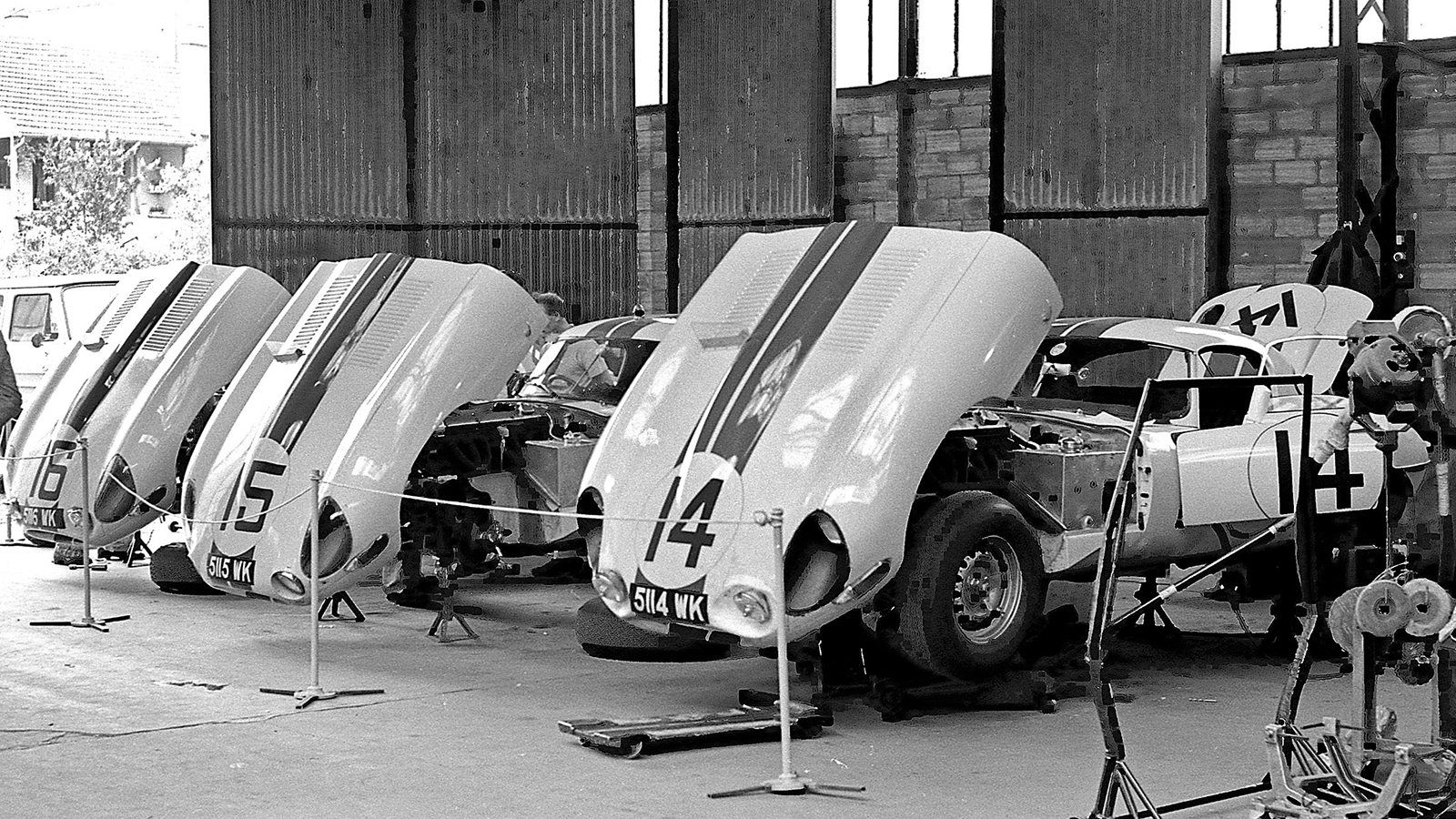 © Bonhams
© Bonhams -
 © Bonhams
© Bonhams -
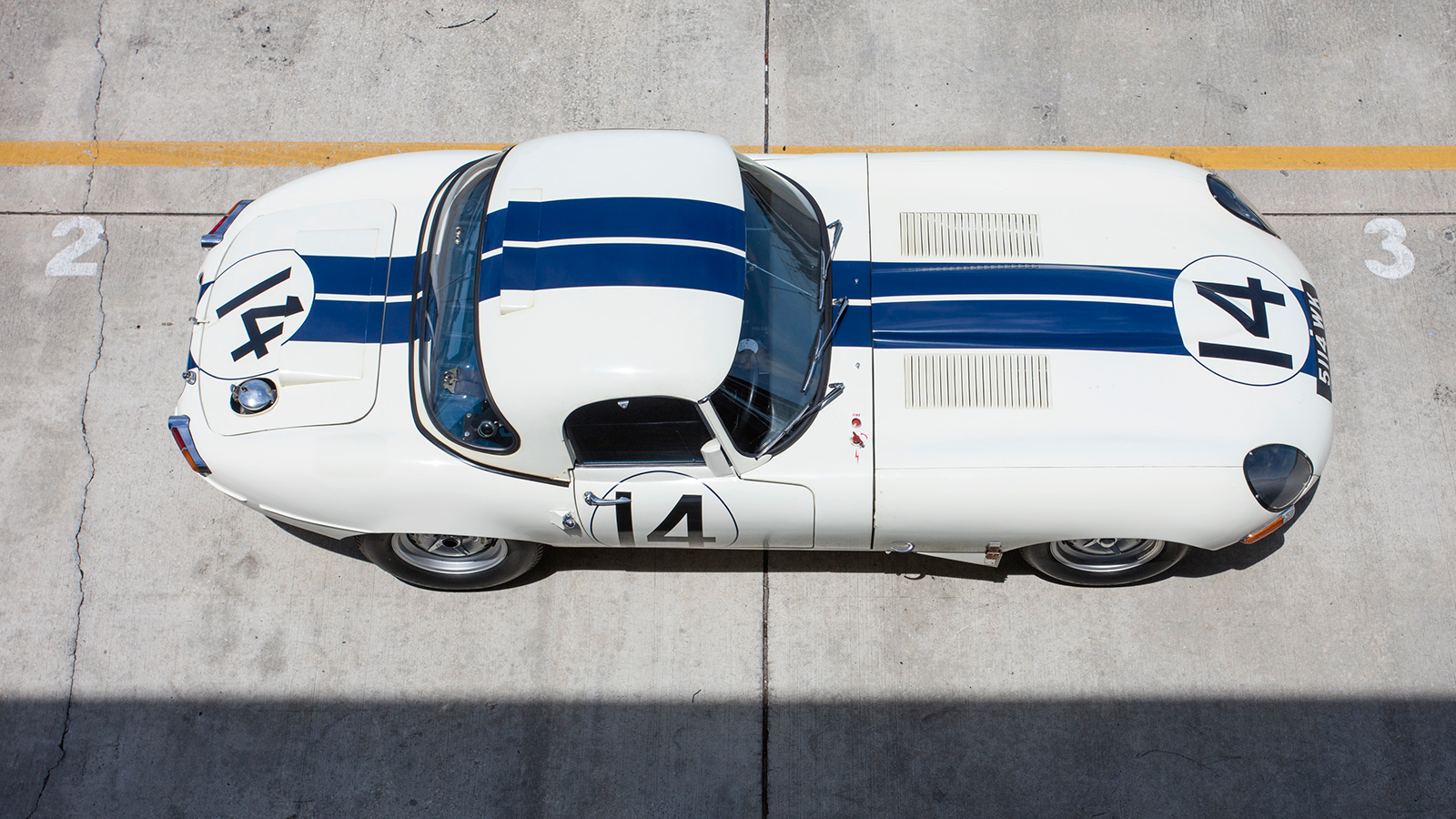 © Bonhams
© Bonhams -
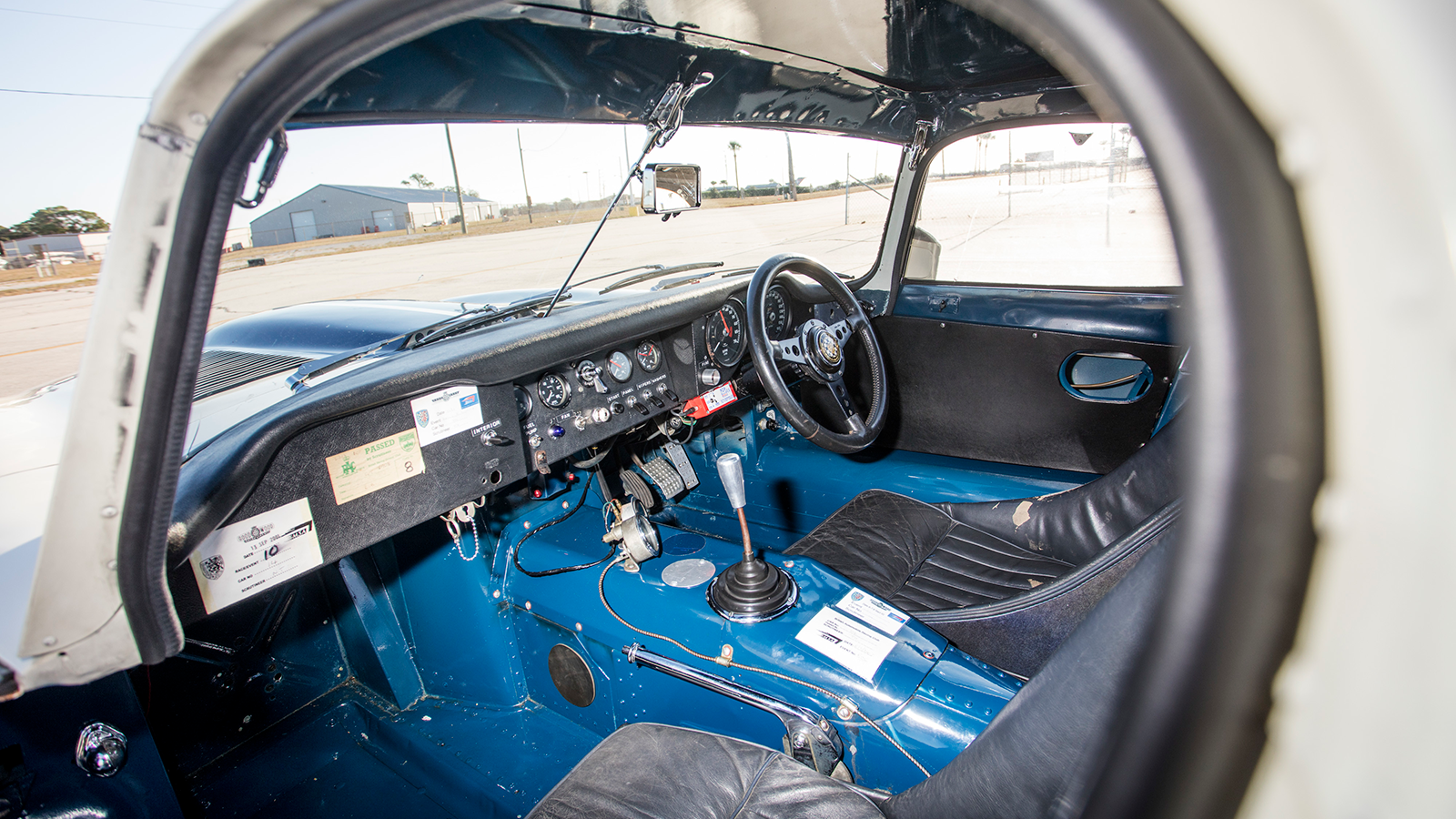 © Bonhams
© Bonhams -
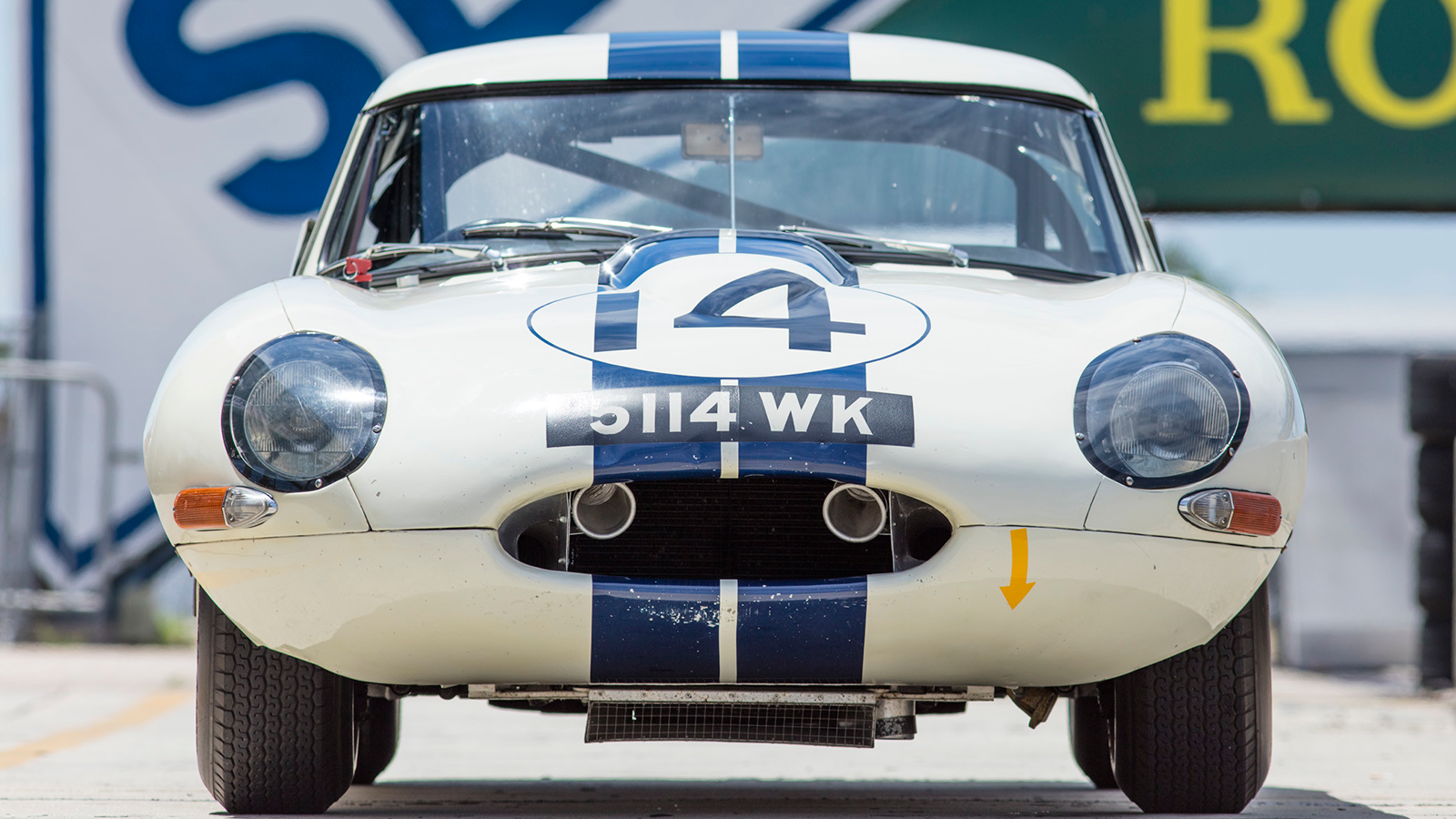 © Bonhams
© Bonhams -
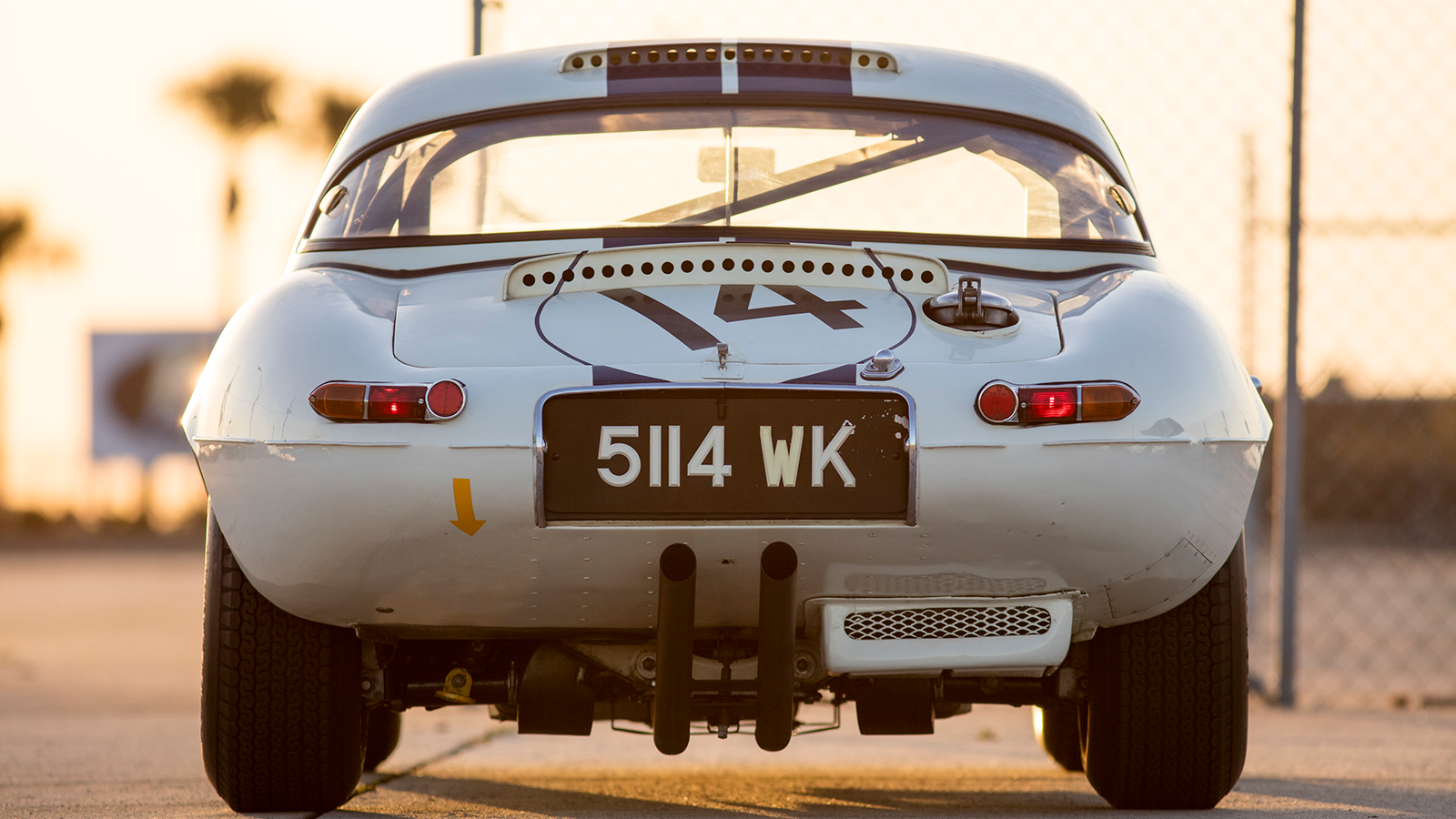 © Bonhams
© Bonhams -
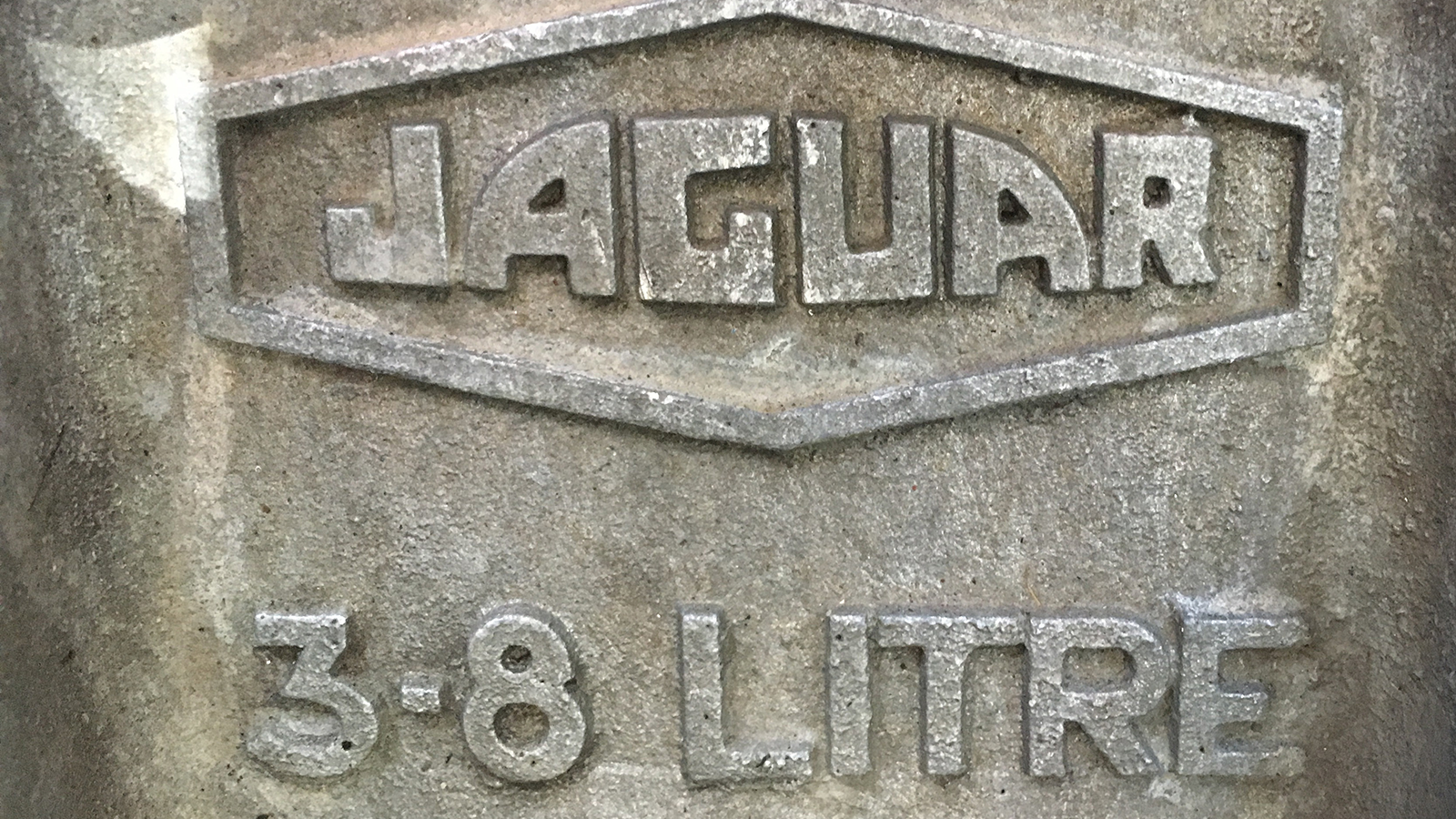 © Bonhams
© Bonhams -
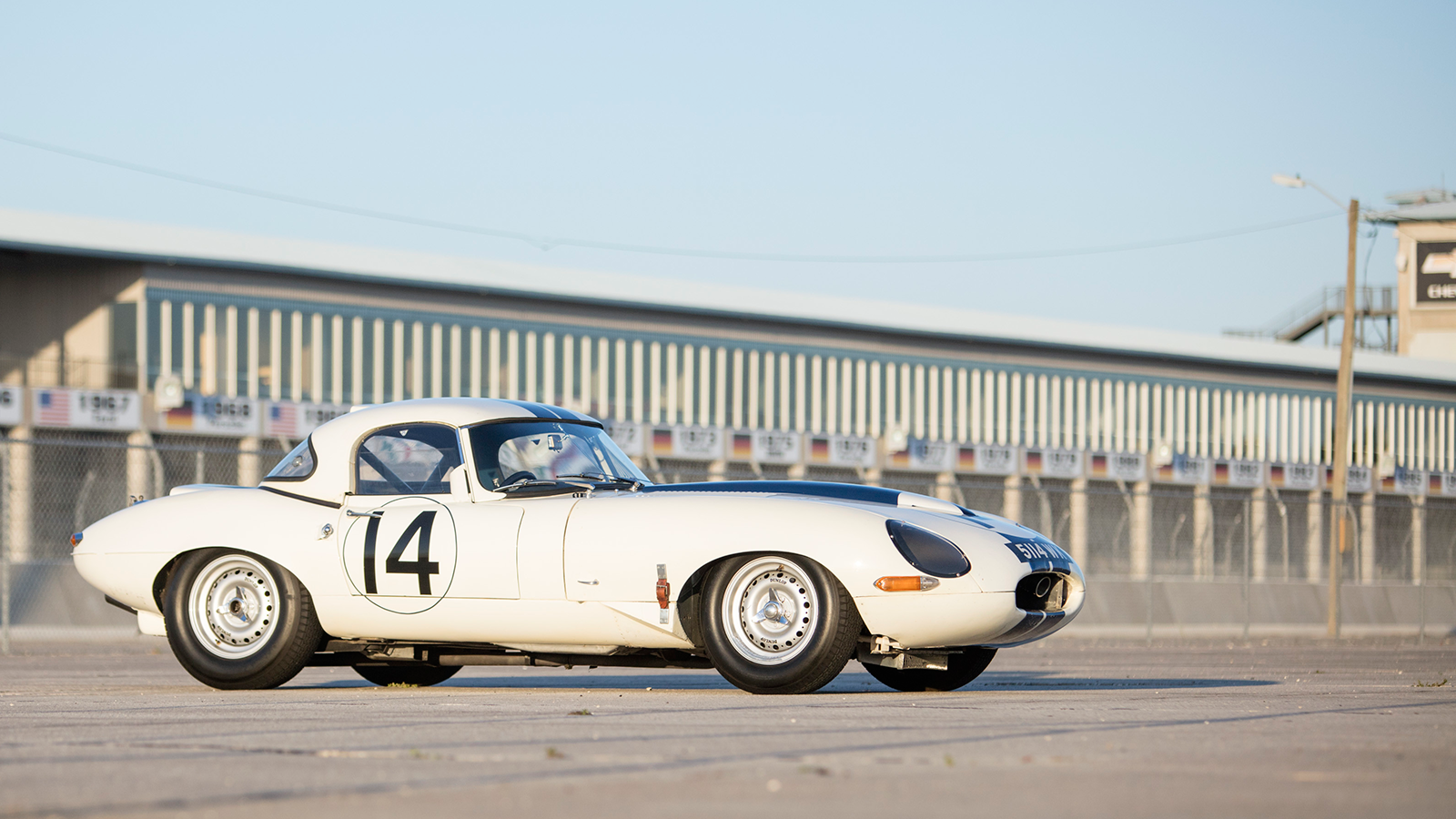 © Bonhams
© Bonhams -
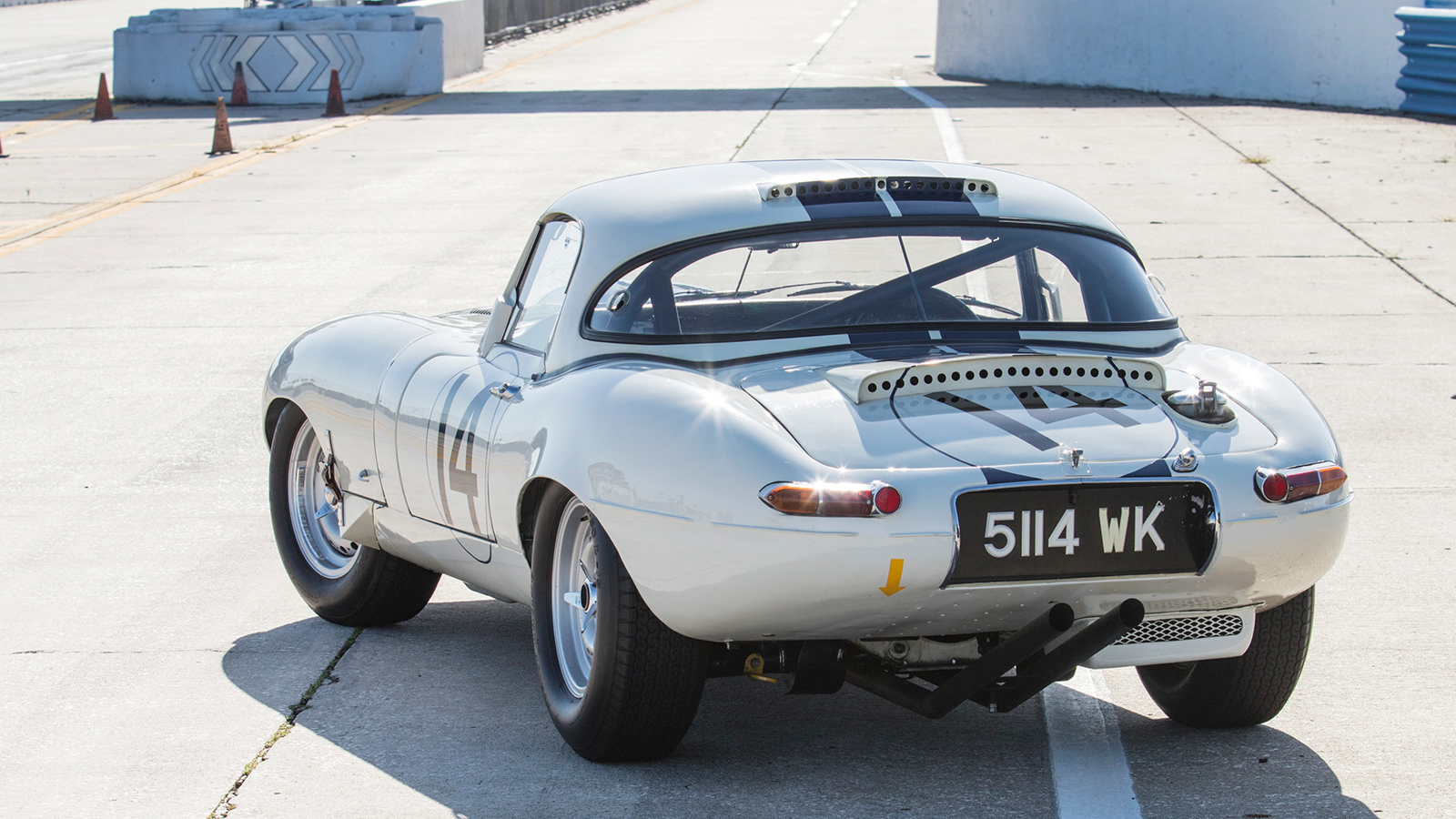 © Bonhams
© Bonhams -
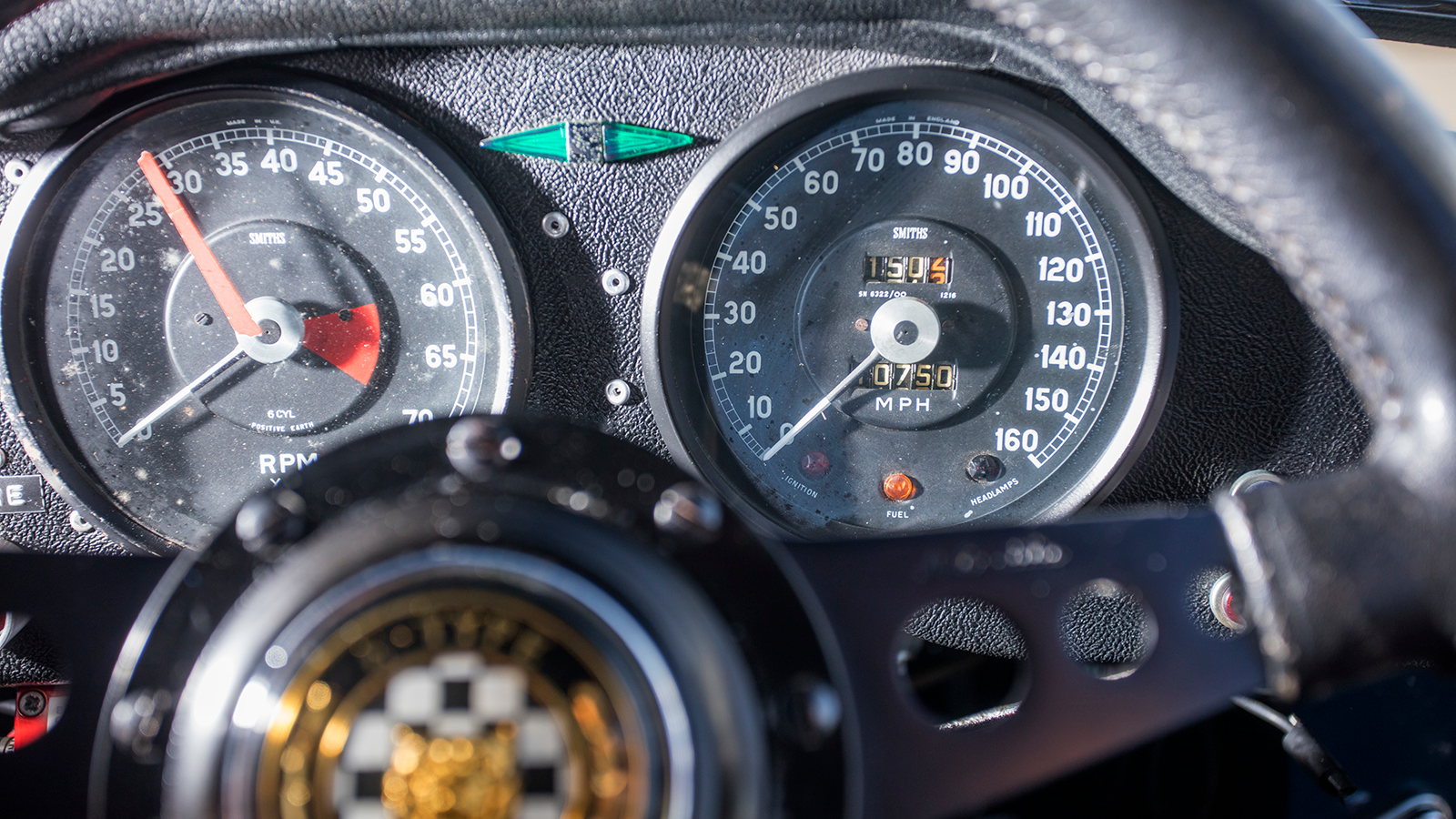 © Bonhams
© Bonhams -
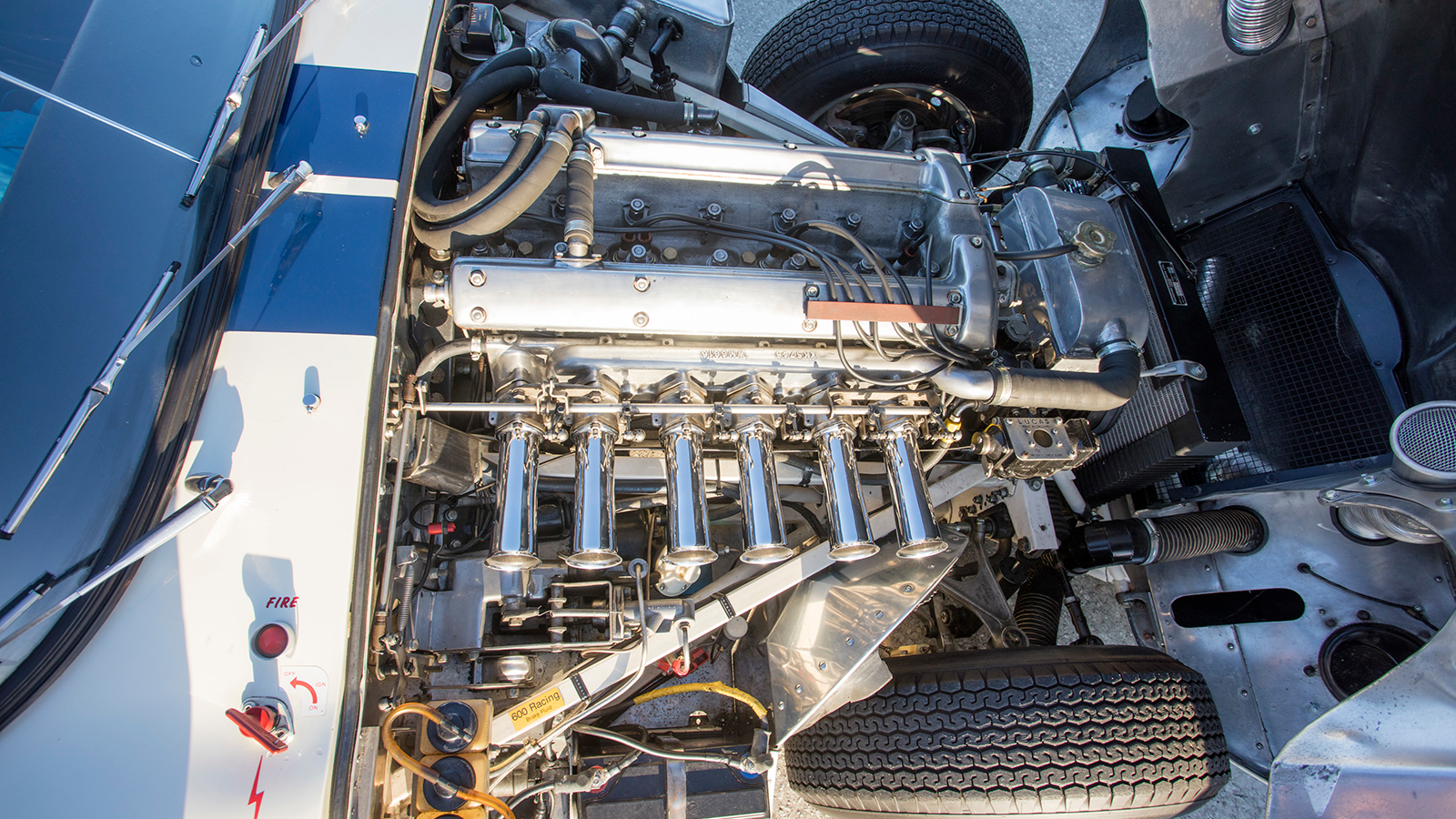 © Bonhams
© Bonhams -
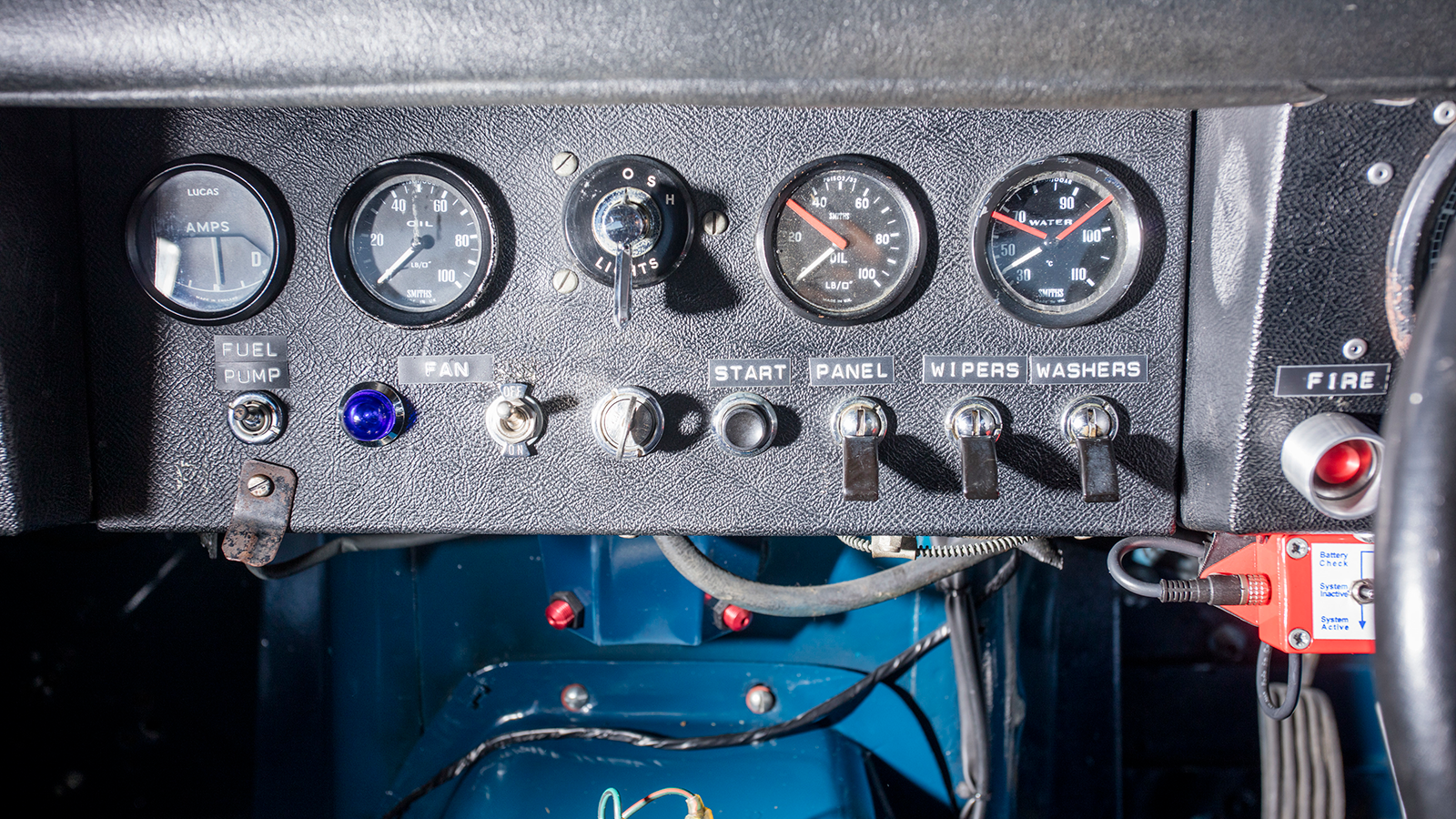 © Bonhams
© Bonhams -
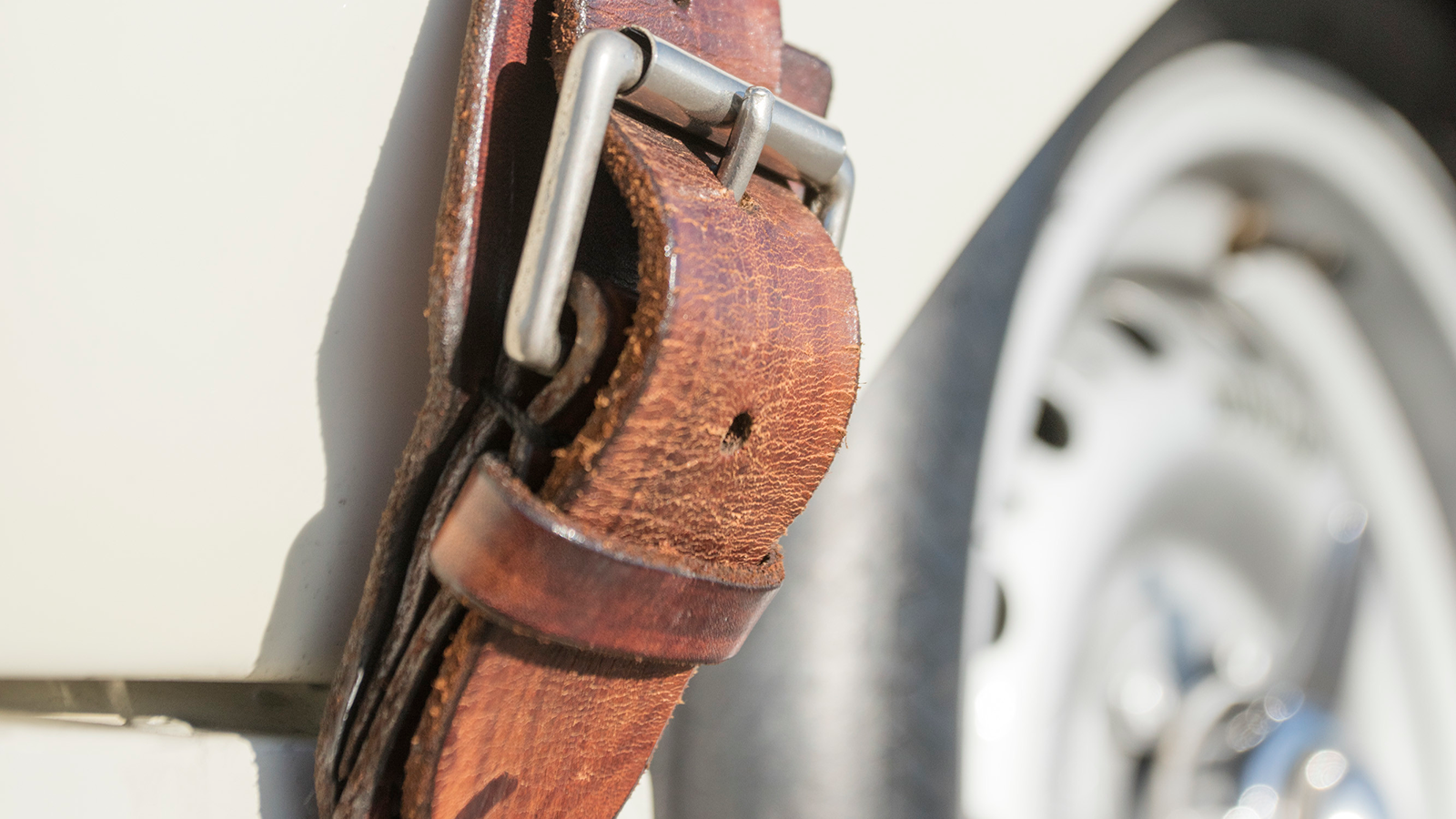 © Bonhams
© Bonhams -
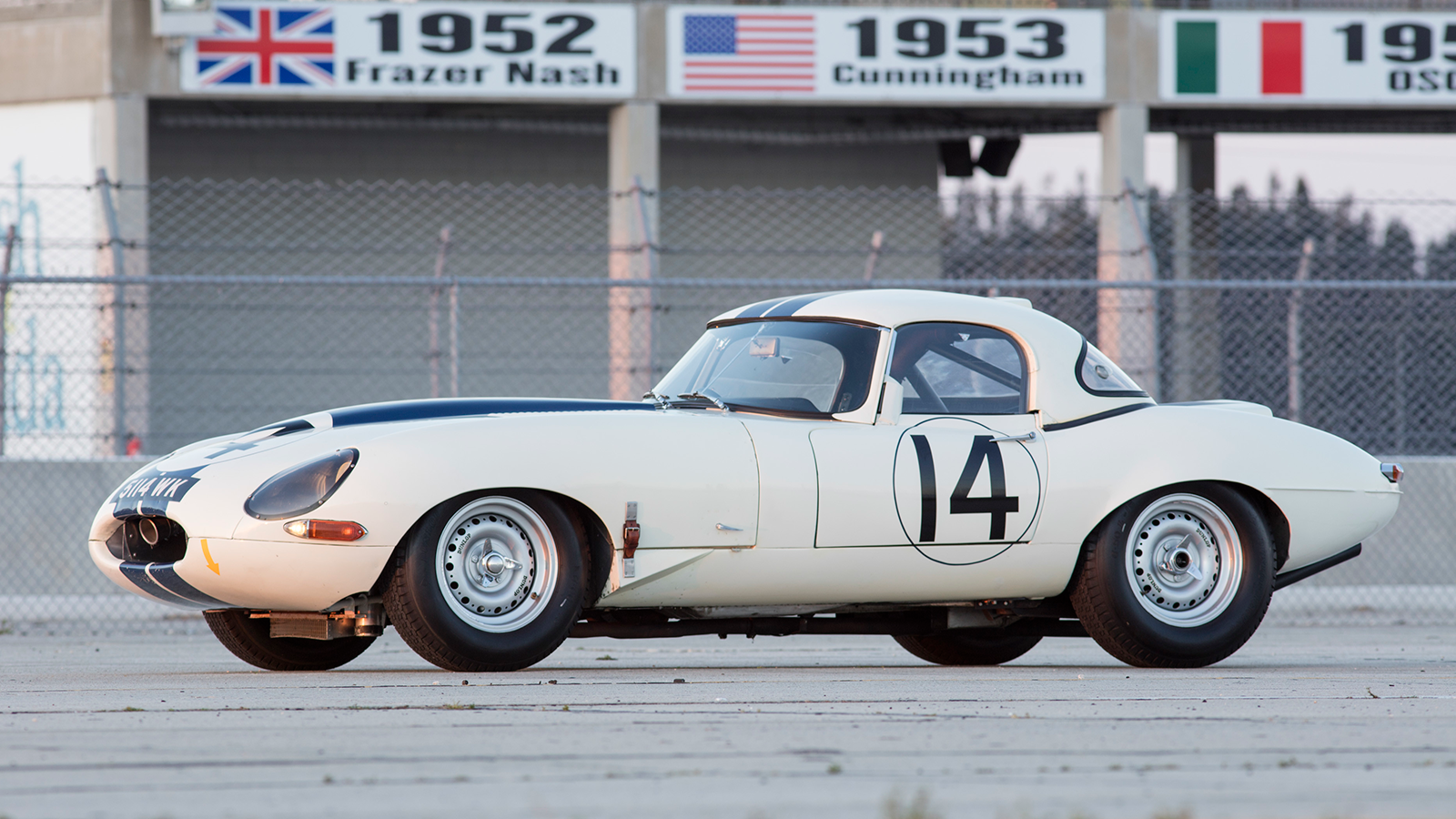 © Bonhams
© Bonhams -
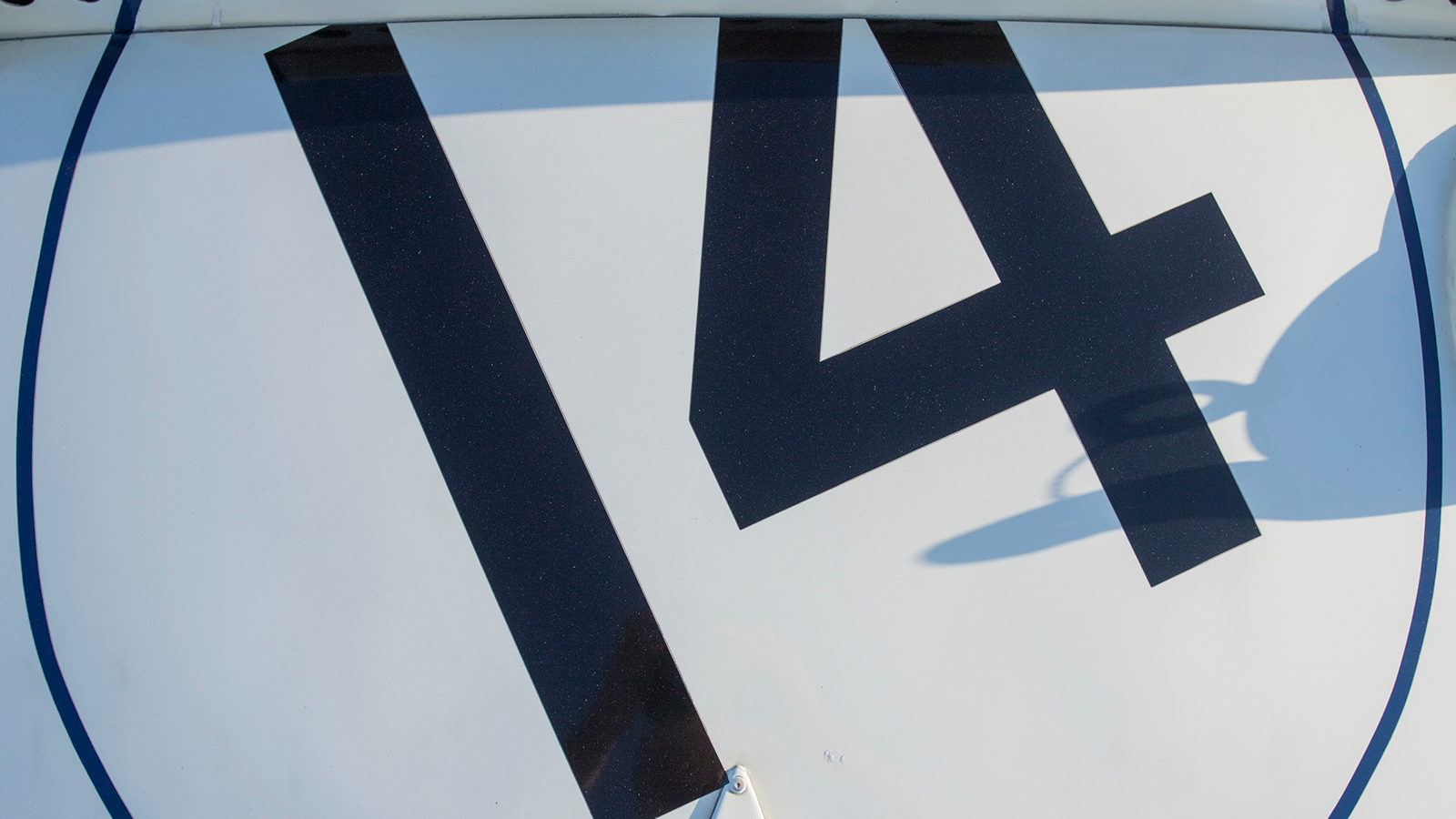 © Bonhams
© Bonhams -
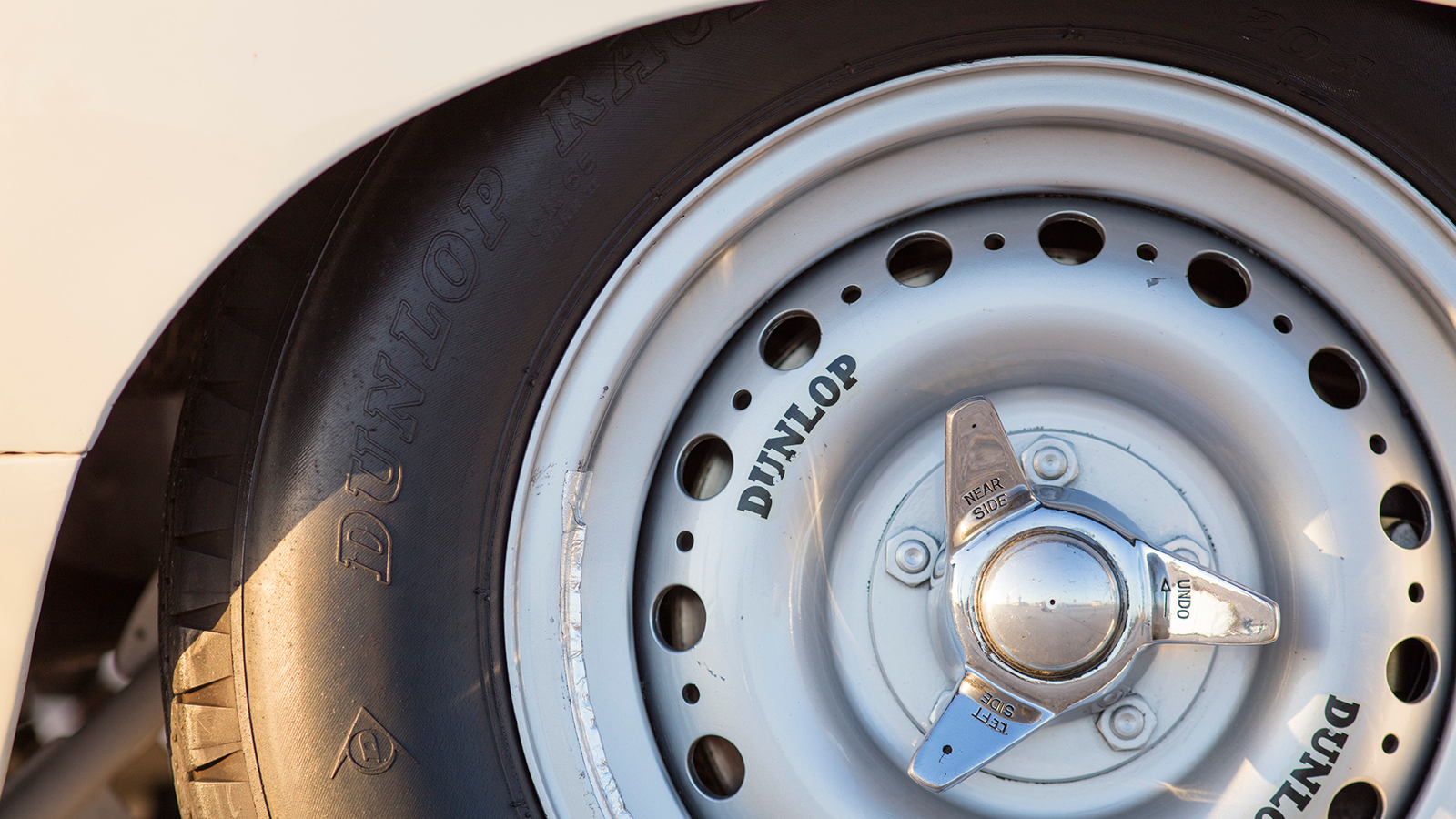 © Bonhams
© Bonhams -
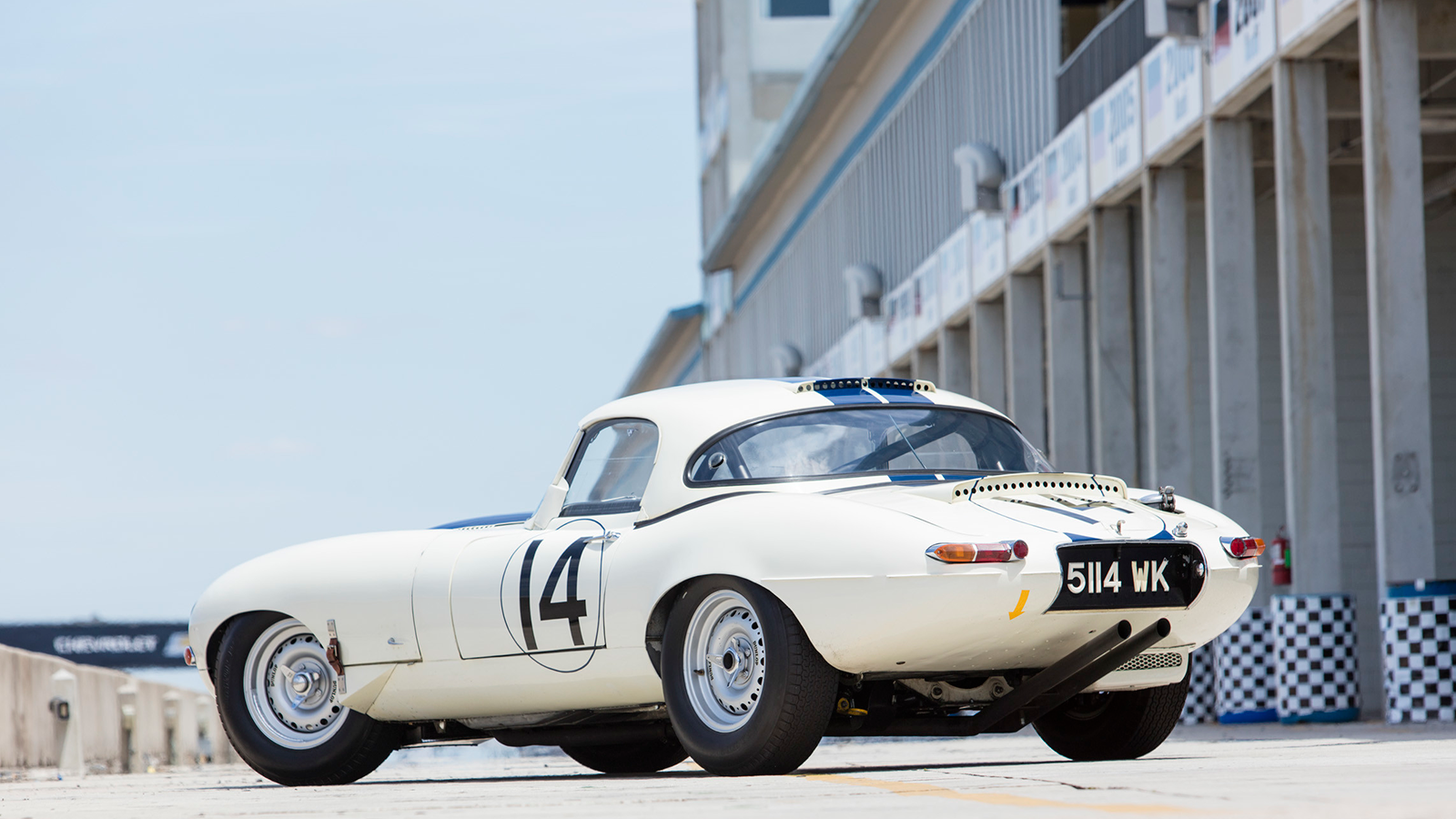 © Bonhams
© Bonhams -
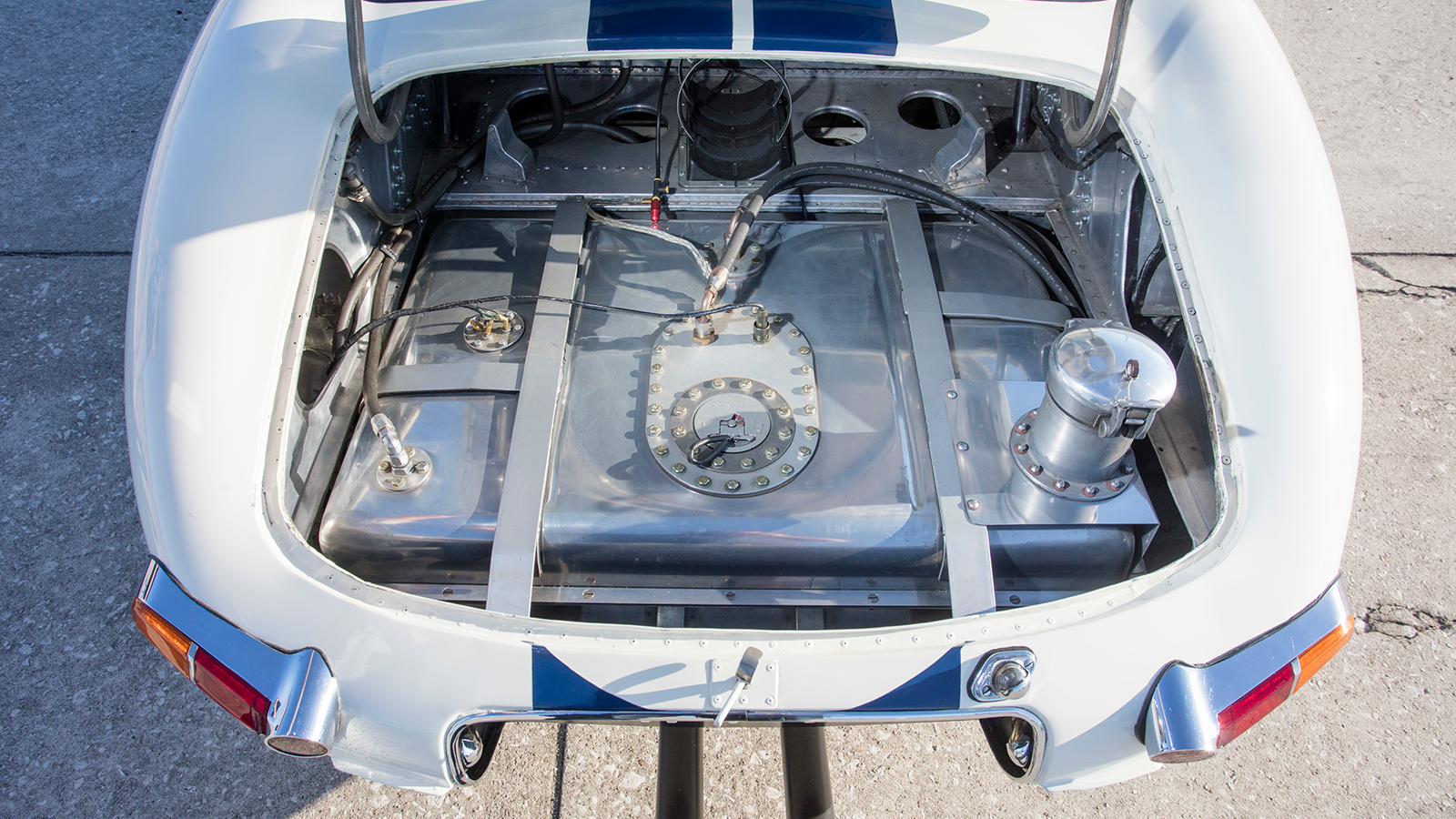 © Bonhams
© Bonhams -
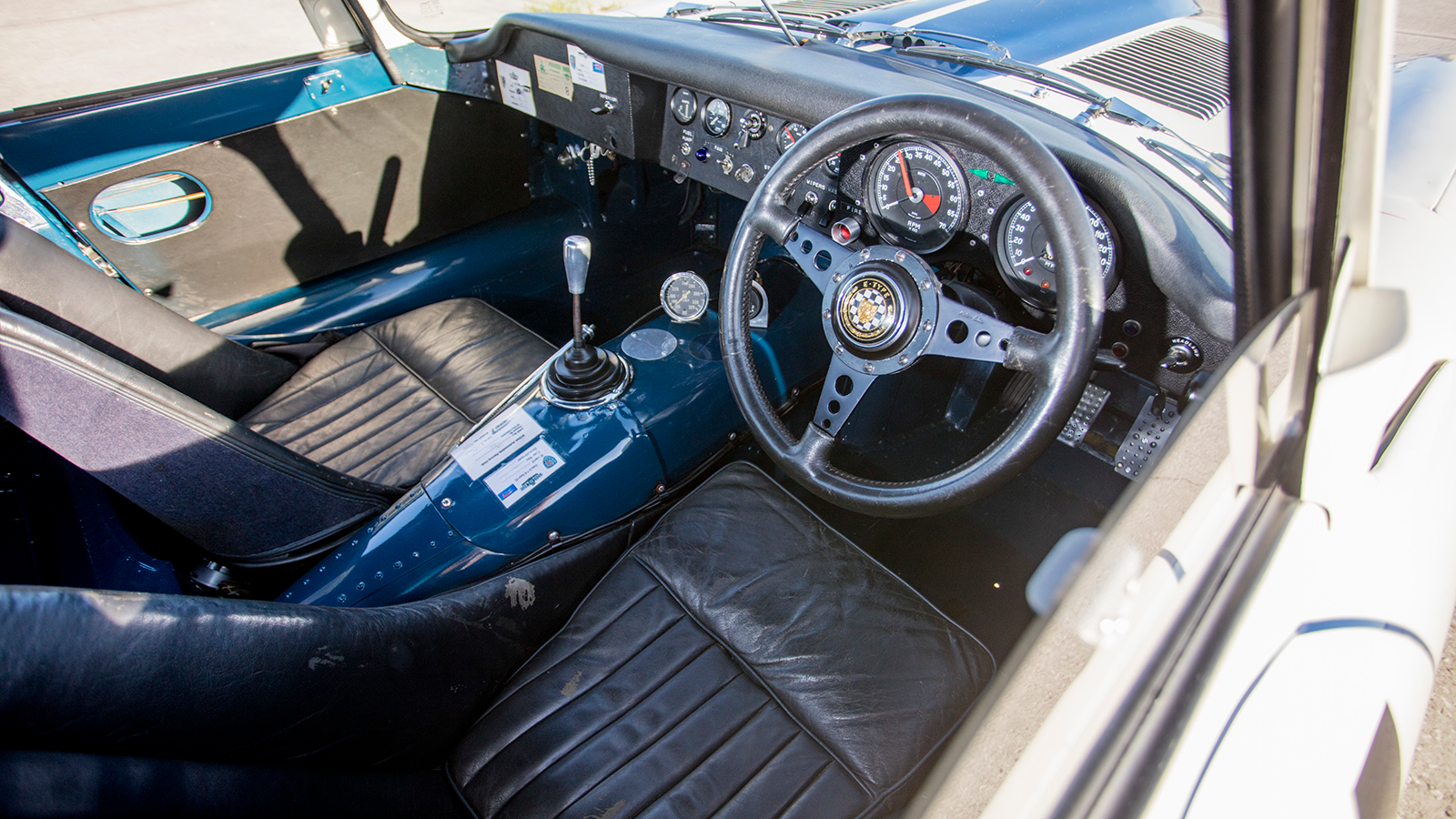 © Bonhams
© Bonhams -
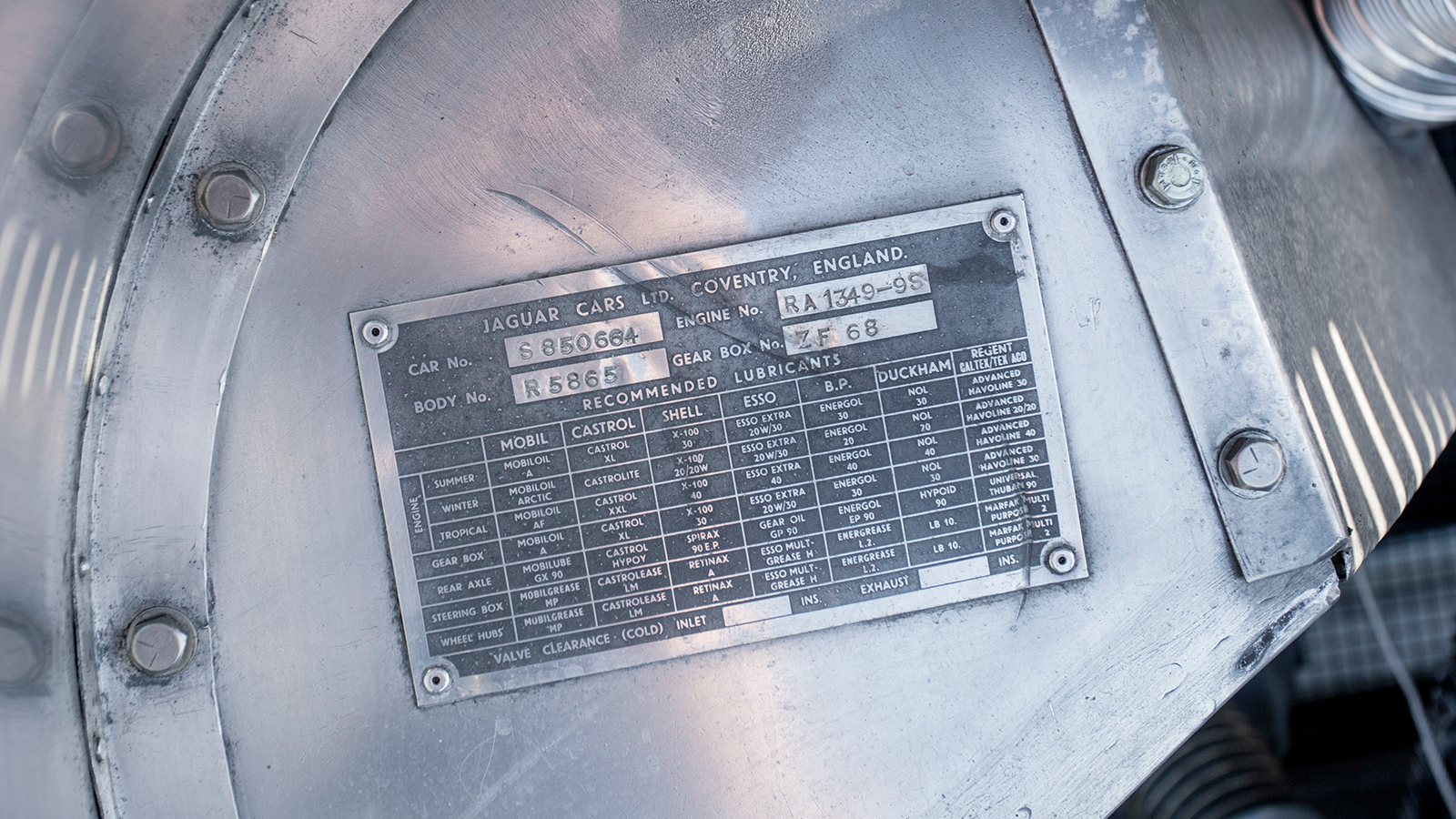 © Bonhams
© Bonhams -
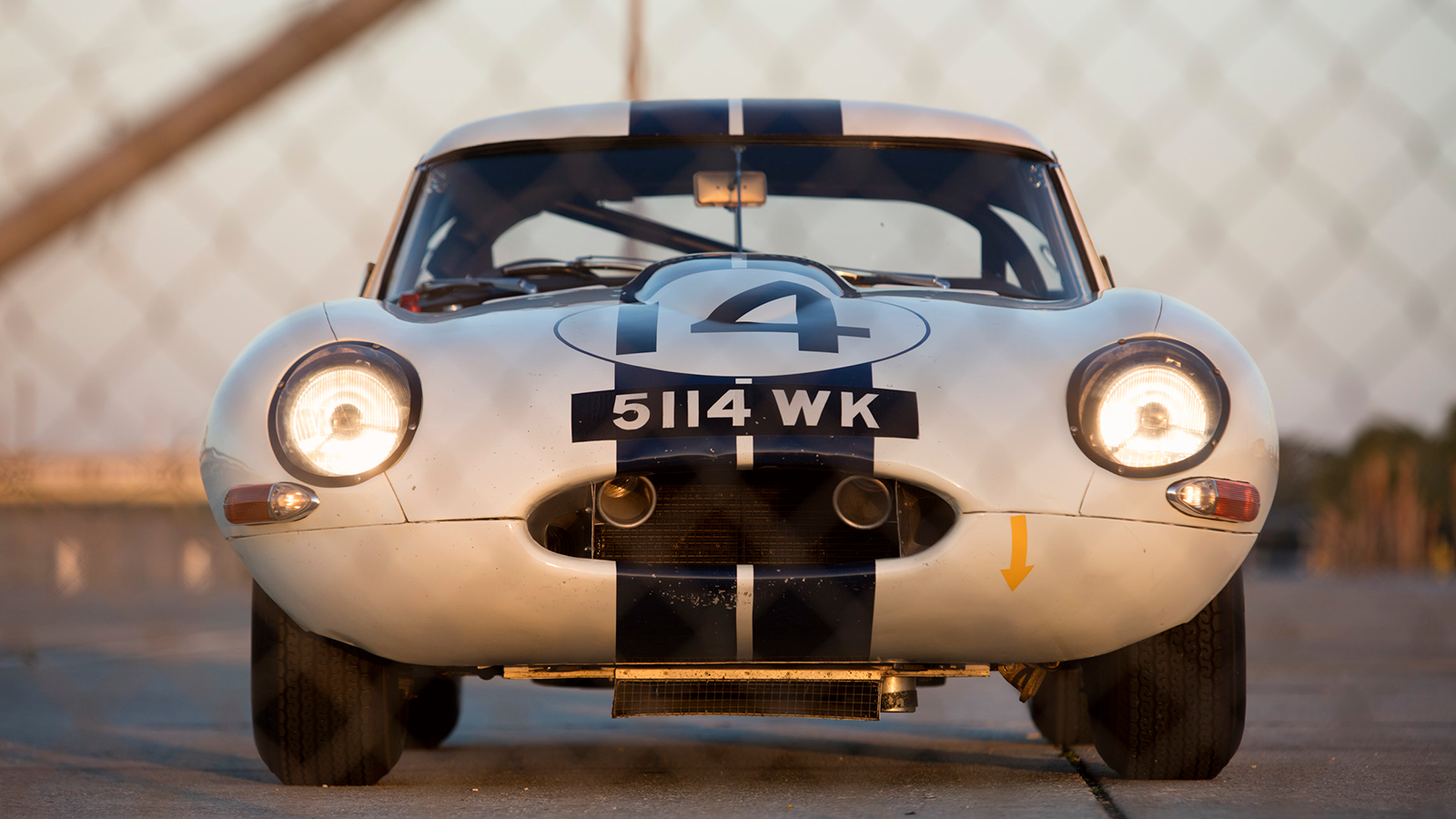 © Bonhams
© Bonhams -
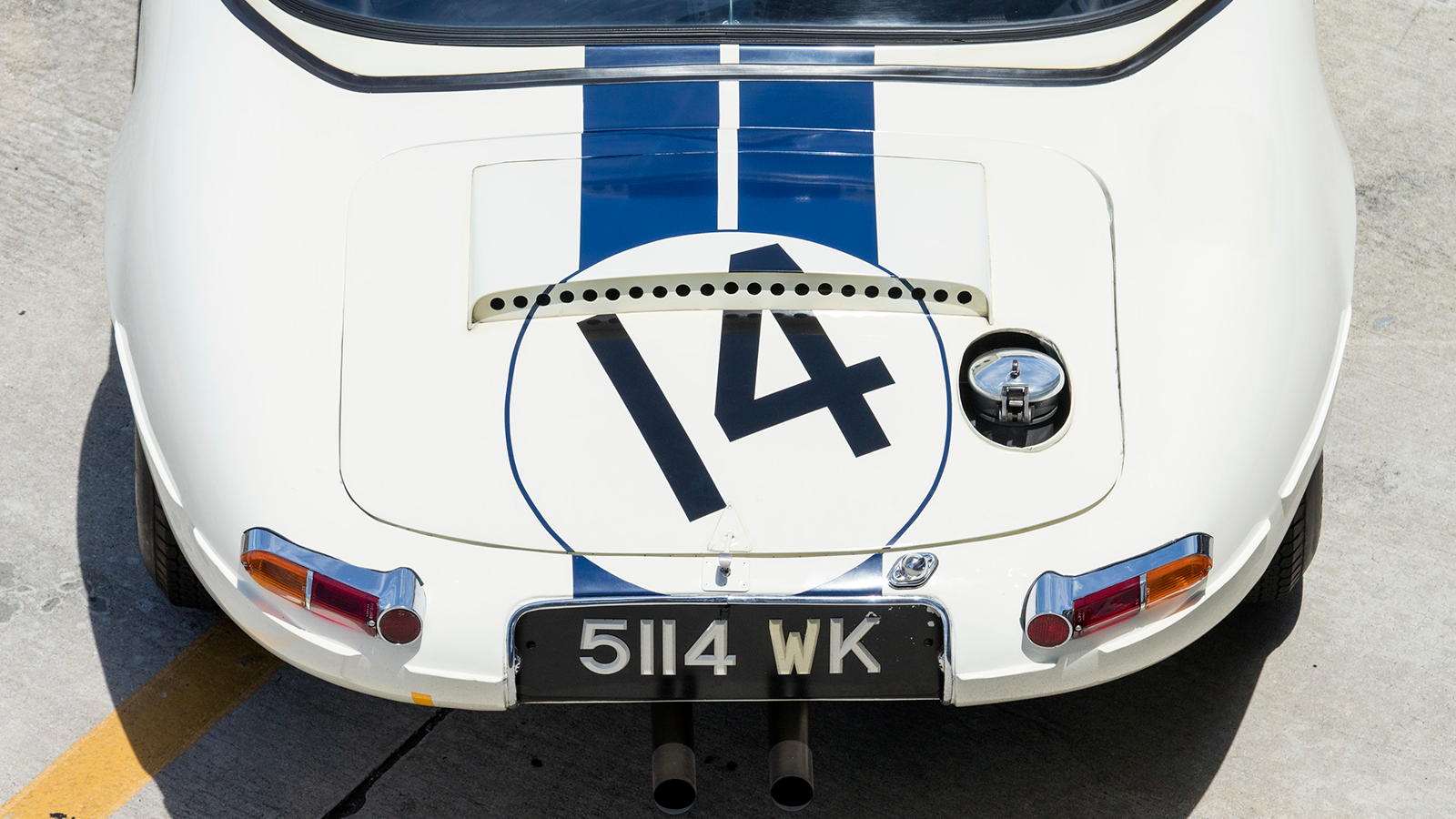 © Bonhams
© Bonhams -
 © Bonhams
© Bonhams -
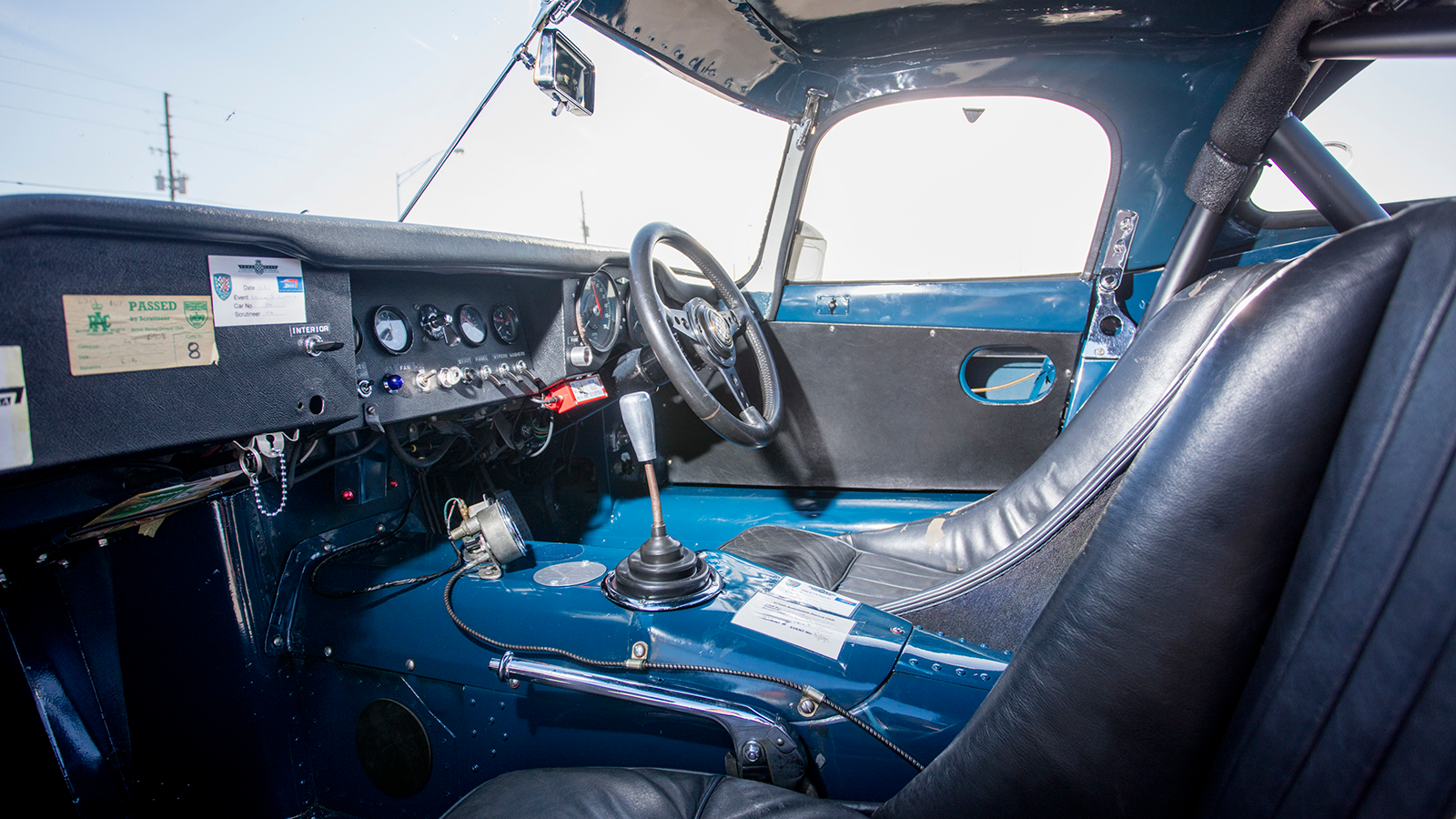 © Bonhams
© Bonhams -
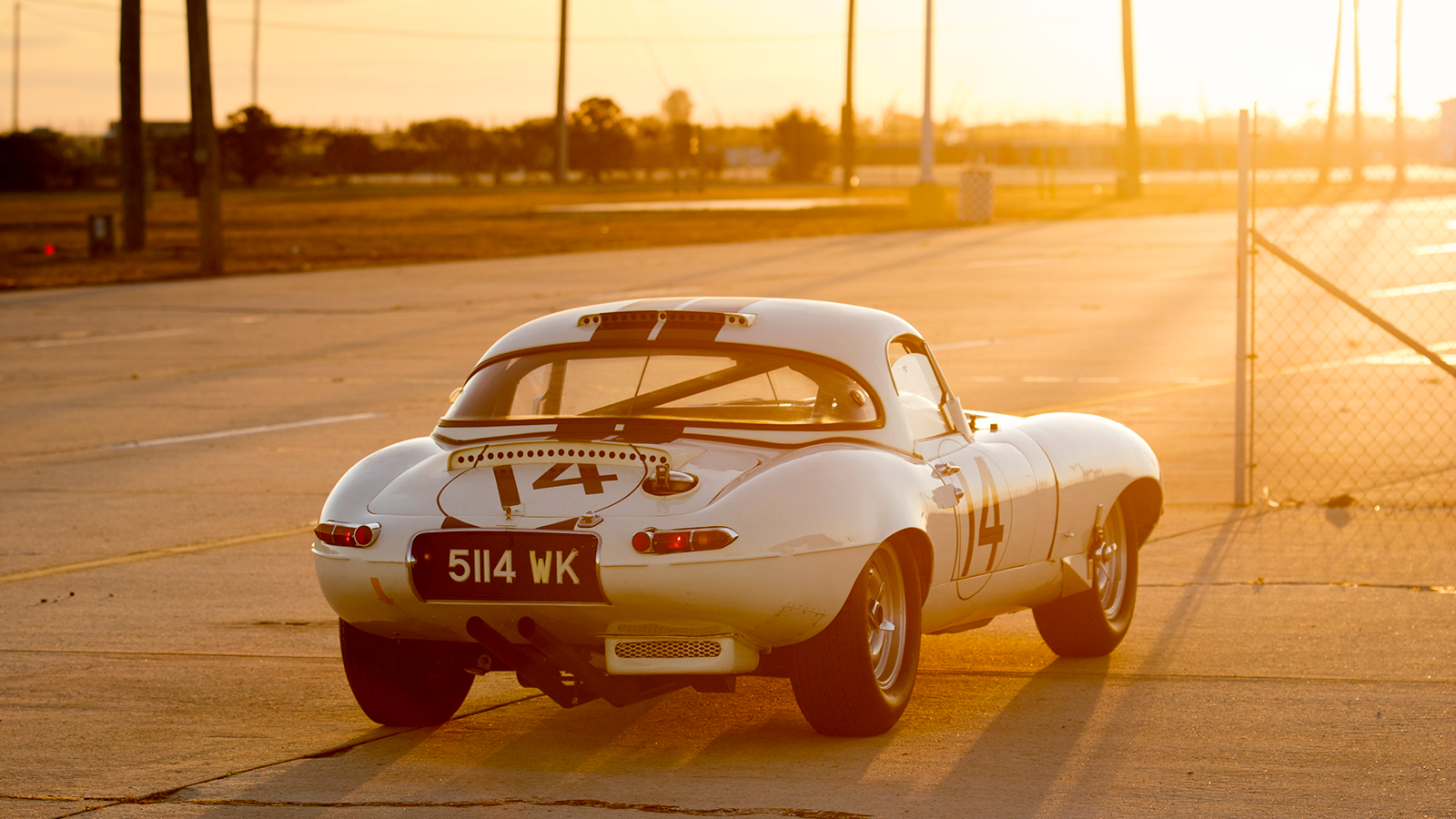 © Bonhams
© Bonhams
-
E-type eye-candy
The annual Monterey Car Week sales are some of the year’s most high-profile auctions, attracting big-money lots – and 2022’s are no different.
Bonhams is hosting its sale on 19 August at the Quail Lodge and Golf Club in Carmel Valley on California’s Monterey Bay Peninsula and this significant Jaguar E-type (or XKE as it was called in the USA) caught our eye.
Let’s find out more.
-
Number seven
This car is the seventh Lightweight E-type built – and second of three sold to American racing driver, team owner and car manufacturer Briggs Cunningham.
It left Jaguar’s Coventry factory on 7 June 1963 bearing, as you can see, the local numberplate 5114 WK, which is still on its rear today.
-
Straight into battle
This E-type is chassis number S850664, delivered with a Jaguar four-speed gearbox, and it was bought to be campaigned at the Le Mans 24-hour race on 15-16 June, less than 10 days after it left the factory.
Stickered as car 14, it was driven by the American duo Walt Hansgen and Augie Pabst.
-
Talented teammates
As seen in that previous image, the other E-types entered in the ’63 Le Mans by the Cunningham team were numbers 15 and 16 – or chassis numbers S850659 and S850665, as the factory would have known them.
Driving car 15 were Cunningham himself with Bob Grossman, with the pairing of Roy Salvadori and Paul Richards in number 16.
-
Not meant to be
This car, appropriately enough, qualified 14th for that year’s Le Mans, but sadly was an early retirement from the race following gearbox failure.
In a sister car, Salvadori was fortunate to escape his E-type after a fiery crash.
-
The one and only
Which meant the boss’ car was the sole survivor, running seventh come Sunday morning.
Brake failure meant Grossman used a hay bale as a stopping aid at the end of the Mulsanne Straight and the damaged car limped back to the pits, where the crew fixed it by taking part of car 14’s bonnet and grafting it to car 15’s.
Back out on track, Grossman and Cunningham brought their E-type home ninth – 12 cars finished, from 55 starters.
-
Back to base
Following its Le Mans attempt, this car, chassis S850664, went back to the factory.
There it received a new bonnet plus its four-speed ’box was swapped for a more desirable five-speed ZF unit.
It was then shipped to the USA.
-
Making the finish
After a frustrating competition debut, the good news is that when Hansgen and Richards teamed up in September 1963 at the Road America 500, in Wisconsin, they saw the chequer, finishing 11th.
A week later, Richards raced it again at Bridgehampton, in New York state, and came home fourth.
-
Over and out
And then, after just three races, this E-type’s competition career with the Briggs Cunningham squad was over.
The car was retired and exhibited at Cunningham’s museum in Costa Mesa, California.
-
A brush with stardom
The trail then goes dead for a few years, but by the time the 1970s rolled by, Robert Lane was this Jaguar E-type’s owner.
And not only was he a Jaguar devotee, he worked in Hollywood as a gunsmith for Paramount Studios. Oh, and at the time he owned this car, he also had one of the first C-types in the US in his garage.
-
Heading home
Lane sold this car in 1973 to Sir Anthony Bamford.
Bamford then became the first in a line of high-profile British collectors to own this car.
-
Back on track
Other collectors who were also custodians of this E-type were Paul Vestey and Adrian Hamilton, son of the ’53 Le Mans winner Duncan.
This period also marked this car’s return to racing, including a minor accident at Silverstone when Mike Fisher owned it in the mid-’70s.
-
Time for some TLC
Clocking up the air miles, this Lightweight E-type was back in the USA by the late ’80s, where California-based Richard Freshman restored it.
He removed the car’s original alloy engine (number RA 1349-9S) to preserve it, replacing it with an iron-block copy.
-
Racing, again
Campbell McLaren was the car’s next keeper – for the second time – and he had Lynx Engineering maintain and care for the car for him. The original engine was refitted, too.
Lynx’s work included race preparation. Indeed, this E-type was entered in the 1994 Coys Festival GT race where it beat all the other Jaguars.
-
In print
Soon afterwards, chassis number S850664 featured in the June 1994 edition of our very own title, Classic & Sports Car.
Then in 1995, David Vine bought it and showed it at the Goodwood Festival of Speed and 1995’s pre-Le Mans cavalcade.
-
Ready for the open road
Vine, too, entrusted Lynx with the care of this car, and asked that it be prepared not for racing but for touring.
To this end, work carried out on the car included rebuilding the gearbox and removing the long-distance fuel tank to create extra luggage space (this has since been reversed).
-
On show
This car continued to make appearances at events such as 1999’s Goodwood Festival of Speed, the 2001 Le Mans Legends, the Louis Vuitton Classic of 2001, and the Goodwood Revival in both 2001 and ’02.
In fact, 1969 Le Mans winner, Jackie Oliver, drove it at Revival.
-
Stateside, again
And then, you’ve guessed it, it was back to the USA – and, of course, California.
Sometime around 2003 this Lightweight E-type entered the Blackhawk Collection and it was shown at Don Williams’ showroom in Danville, California.
-
A familiar face
But not for long.
A collector of Jaguars based in Hong Kong then bought this car to join his or her fleet that already included another Lightweight E-type.
-
Original equipment
Today, this rare E-type heads to auction in California with Bonhams.
It still wears its factory-issued aluminium bodywork and is powered by its matching-numbers alloy engine.
-
Paper trail
As you might’ve guessed, given the stories we have recounted here, this history-rich Lightweight E-type is accompanied by a wealth of documentation.
This includes magazine articles, as well as an original developmental test report to Cunningham team manager Alfred Momo and the Jaguar factory.
-
Out of harm’s way
The car has been with its current keeper since it was bought at, appropriately, Bonhams’ Quail Lodge auction in 2017.
It has been living in a climate-controlled storage facility since then, and marque specialist Pearsons Engineering has carried out a fuel-system service.
-
Reflected glory
Next year will be 60 years since this Jaguar E-type Lightweight’s Le Mans attempt and it still looks every inch the racer it did back then.
And its links to and origins with famed American racer, car constructor and team owner Briggs Cunningham – Briggs Swift Cunningham II, to give him his full name – give it a lot of cachet.
-
On top
This car already holds the record for Lightweight Jaguar E-types at auction.
At the aforementioned 2017 Bonhams Quail Lodge sale, the hammer fell at an eye-watering $8m.
Bonhams remains tight-lipped about what it thinks it could achieve in 2022.
-
Counting back
A ’63 Lightweight Competition fetched $7,370,000, at Bonhams’ January 2017 Scottsdale sale.
Next in the all-time list are two Jaguar E-type Lightweight Continuation cars. One sold for $1,710,000 with RM Sotheby’s in October 2020, the other for $1,050,000, again with RM Sotheby’s, this time in August 2021.
-
History repeating?
Those are all the Lightweight E-types to have ever sold for more than $1m.
So there is a chance this car could break its own record when bidding closes in California on 19 August.
-
A new lease of life?
Let’s hope whoever the lucky winning bidder is at Bonhams’ Quail Lodge sale is keen to share this car with others, driving and showing it at events so we can all enjoy it.
To find out more about this E-type and all the cars consigned to that 19 August 2022 sale, please click here.
